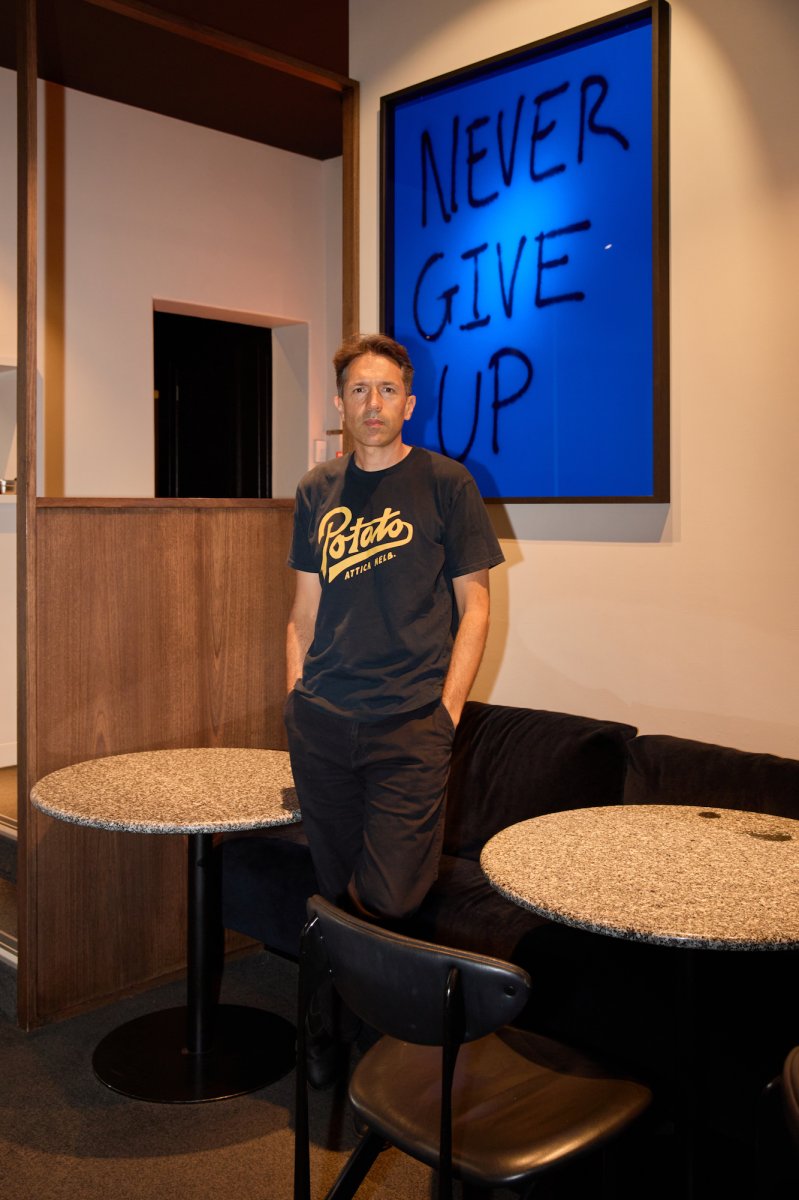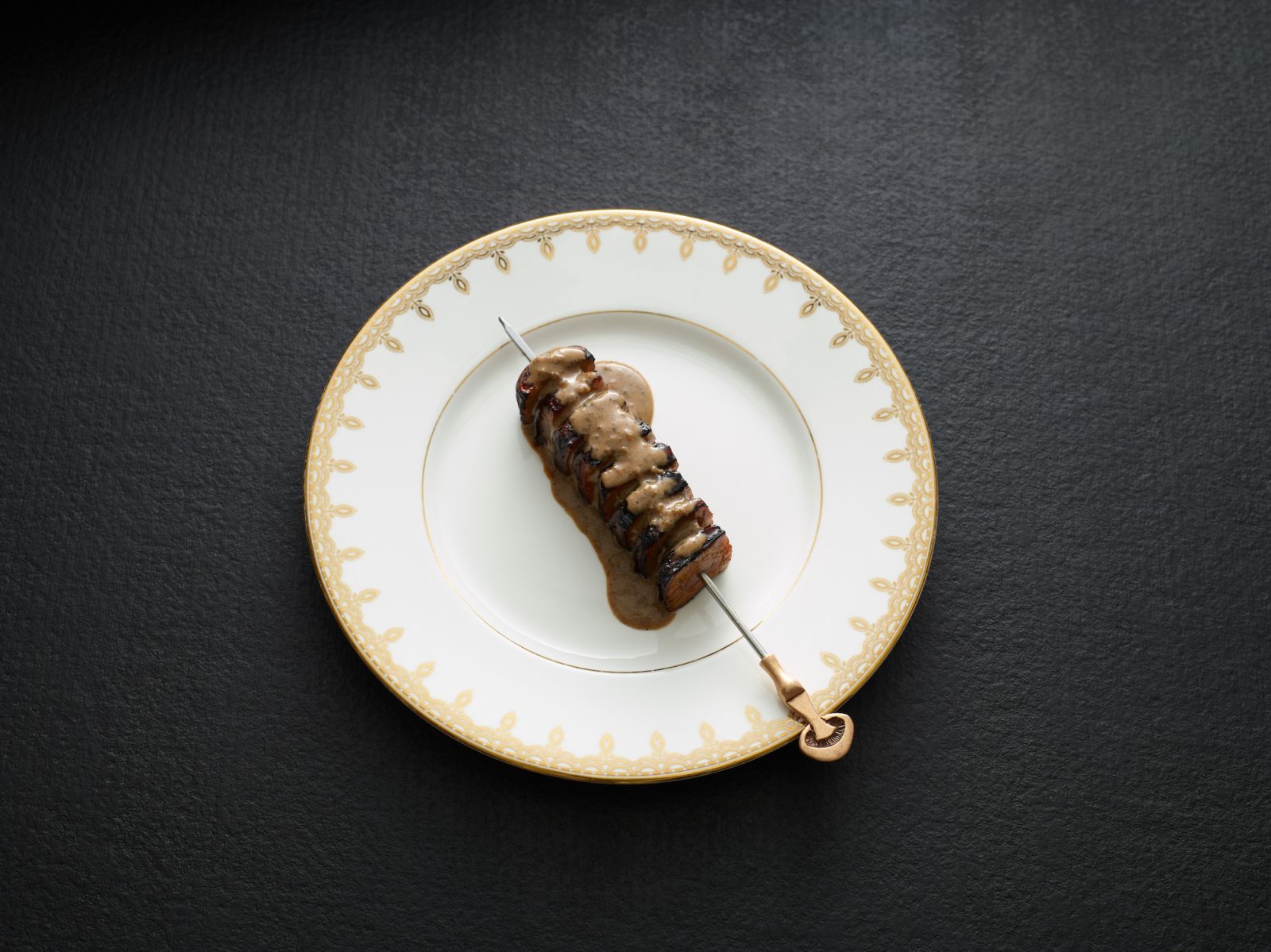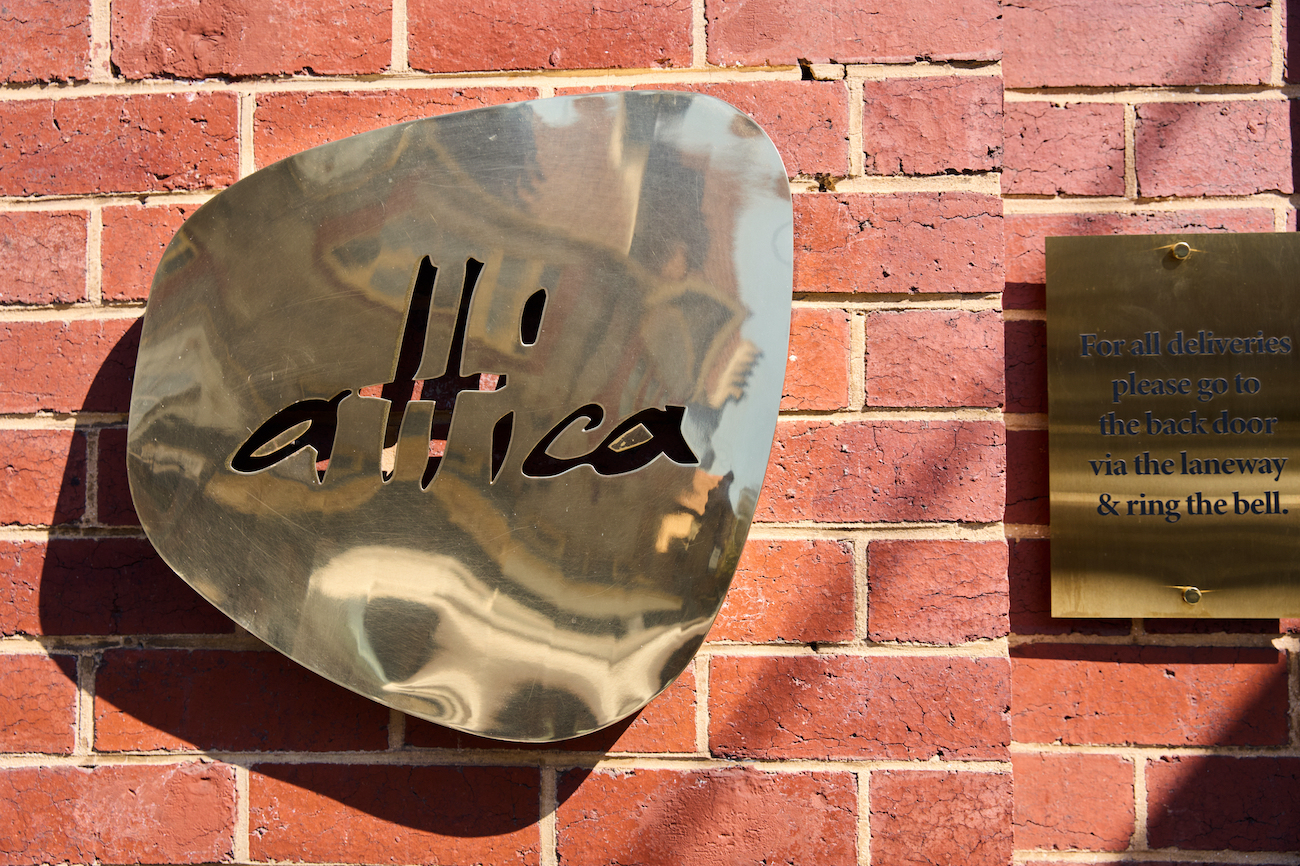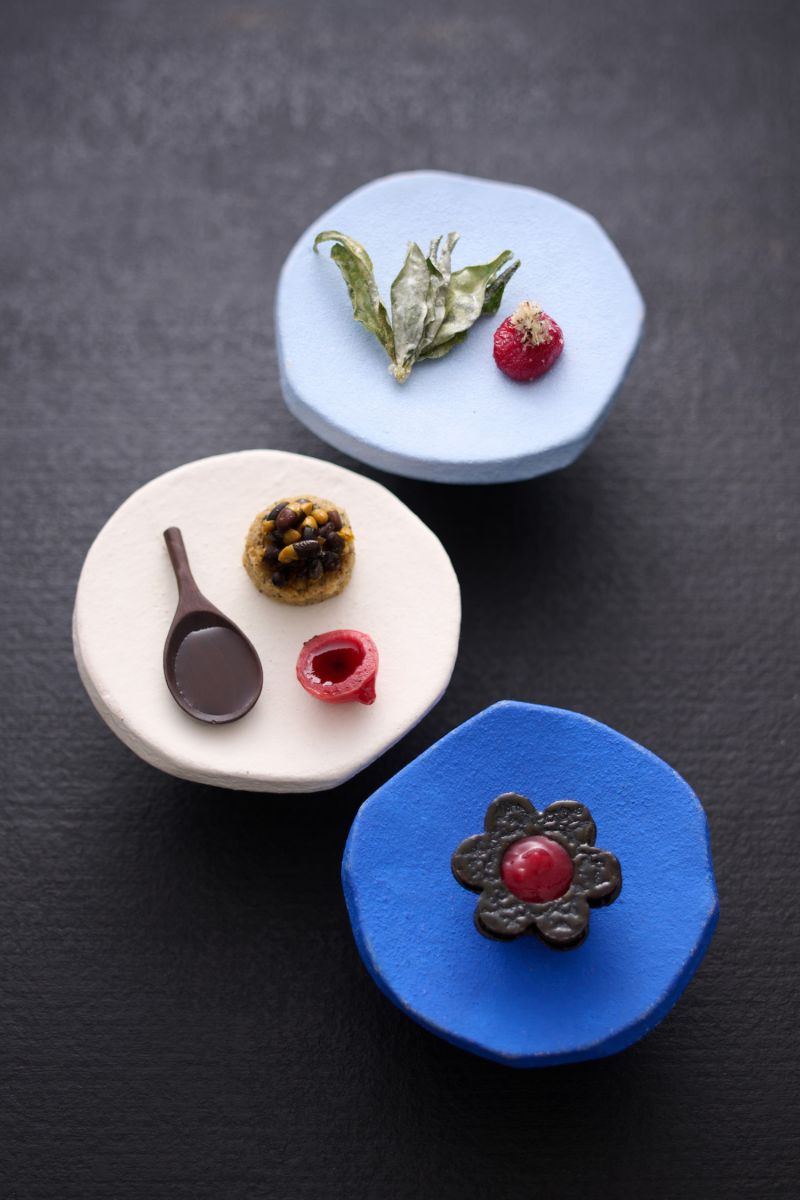More than just a pretty plate: How Attica blends food and form
It didn’t start with ambition. It started with necessity. At first glance, Attica might seem like a fine-dining heavyweight. But at its core, it’s a deeply personal story of creativity, connection and quiet transformation. We spoke with owner and head chef Ben Shewry to learn how this Ripponlea favourite grew from its humble beginnings into something far more layered – a place where food, design and community come together.

No backup plan: How necessity sparked a culinary movement
Ben’s journey with Attica didn’t begin with accolades or ambition. It began with a newspaper ad.
‘I answered an advert for a Head Chef job,’ he recalls. ‘The restaurant had been open for about a year and a half, but it wasn’t doing very well.’
There was no grand vision – just urgency.
‘I was 27 with a 6-month-old baby, and we were struggling to pay the bills. So, basically, I needed a job,’ Ben says. ‘It wasn’t exactly a romantic start.’
Those early days were defined by pressure, uncertainty and a quiet, unshakeable pull toward something more.
‘I had this strong creative urge I didn’t fully understand at the time,’ he continues. ‘That’s what carried us. We just knew there was something here worth building.’
The Attica he stepped into was rough around the edges – a hard floor, earthy swirls on the walls, a huge bar that divided the space and no art in sight. ‘It had good bones but no soul,’ Ben summarises.
Still, he saw potential. So, when an opportunity arose to make the place his own in 2015, he got to work.
Watch the interview:
A plate in progress: How Attica found its rhythm
Today, Attica is unrecognisable from the version Ben first stepped into, and that transformation has been years in the making.
‘This place has a forward momentum of constant evolution,’ he says. ‘We kill our darlings every day. Dishes have a life cycle, and once they’ve run their course, they never come back.’
But the reinvention hasn’t just happened on the plate. It’s been cultural, structural and deeply personal.
‘For the first 5 to 10 years, it felt like I was in a tunnel,’ Ben shares. ‘We were just doing whatever we could to survive, and using creativity as our main answer to every problem.’
Over time, that survival instinct became something more. The restaurant changed shape, the team found its rhythm, and slowly, a distinct identity began to emerge.
And, over time, people really started to notice. ‘There were early supporters who said kind, generous things, and that made a big difference,’ Ben says. ‘But it wasn’t until the 10-year mark that Attica began to feel like it had solidified into something people truly connected with.’
That connection still fuels everything Attica does – and the forward motion hasn’t slowed down since.

The mid-century mindset: Where form, function and food align
If there’s one era that’s quietly woven through Attica’s DNA, it’s the mid-century. But not in an obvious, retro sense.
‘There are subtle links here,’ Ben explains. ‘The simplicity, the functionality, those ideas really resonate with me.’
From the Grant Featherston chairs – designed in 1961, re-engineered for comfort and made by Grazia & Co – to the natural materials and clean lines, Attica embodies an appreciation for design that’s distinctly Melbourne.
But Ben’s love for mid-century design goes far beyond the restaurant.
‘I’ve restored 3 mid-century homes,’ he says. ‘Even before I could afford one, I was collecting furniture. It’s just always been a passion.’
His admiration extends to the cohort of Jewish architects who transformed southeast Melbourne in the post-war era – names like Ernest Fooks, whose work was defined by craftsmanship, cultural nuance and timeless design.
‘These houses were built by people fleeing persecution, bringing with them extraordinary skills,’ Ben reflects. ‘You only have to walk through Caulfield to see it; the sophistication, the attention to detail. Many of these homes still outshine what’s being built today.’
Ben channels that enduring sense of purpose, beauty and quiet innovation into Attica, creating a space that, like the homes he admires, is built to last and mean something.

Food, art and architecture: One creative ecosystem
For Ben, the link between food and architecture isn’t metaphorical – it’s practical.
‘Architecture is part of the conversation of art,’ he says. ‘And this restaurant is all about creating art.’
Attica’s walls are hung with pieces from Ocean Grove to New York. One room features an installation by Los Angeles art duo DabsMyla – and many of the other artists are personal friends. ‘It’s more than decoration. It’s part of how we think and create,’ Ben says.
That mindset extends into the kitchen, where native Australian ingredients inspire experimentation and cultural reflection.
‘We’re living in a country with the world’s oldest food culture. Aboriginal and Torres Strait Islander cooking goes back tens of thousands of years,’ he explains. ‘That’s a massive source of inspiration, but we tread carefully. It’s about respect.’
Having experimented with over 500 native ingredients, Attica is still just scratching the surface.
‘It’s an endless frontier,’ Ben says. And that’s a philosophy that runs through every part of the restaurant – exploring with care and creating with intent.

Kind words, full tables: A community that came through
If the early years of Attica were defined by survival, the lockdown years were defined by solidarity.
‘We were certain we’d lose everything,’ Ben recalls. ‘Attica had a big international and interstate following. All of that vanished overnight.’
What remained? Melbourne.
‘The community turned up for us in the most incredible way,’ he says. ‘People ordered food, wrote us letters and came to our pop-up shop. The goodwill was overwhelming.’
It wasn’t a one-way street – Attica had always been community-minded. But this was the moment that connection came full circle.
‘That sense of being part of something bigger, it carried us through.’
Where everyone knows your name: A village called Ripponlea
For Ben, keeping Attica in Ripponlea was never up for debate.
‘It’s like a small village. People know and respect each other here, and they let you do your thing.’
It’s that same village spirit that’s drawn him to live in Melbourne’s southeast too. A place where his home isn’t just a house – it’s a living, breathing work of art.
‘We live in a mid-century house that we feel like custodians of,’ Ben shares. ‘The way the light passes through it, the way it reveals itself slowly… it’s our haven.’
And for someone who lives a very public life, that’s not a luxury – it’s a necessity.
‘We travel a lot. But every time we come home, we exhale.’
.jpg)
Next courses and new chapters: What the future might hold
When asked about Attica’s future, Ben keeps it grounded.
‘I’m not a big forward planner. I’m just focused on the now. But what I do care about is sustainability – the relationships with our staff, our guests, our suppliers and especially our community.’
That commitment isn’t just lip service. Attica is one of only a handful of restaurants globally to be certified as a B Corp.
‘It’s hard-fought and hard-earned. It means something.’
But when it comes to legacy, he shrugs. ‘I don’t care about legacy. I care about doing the work. About creating. About the dish that isn’t on the menu yet, the one we’re still developing.’
Because, at the heart of it all, Ben is still a man with a creative urge he doesn’t fully understand. Always evolving. Always building. And always serving more than food.